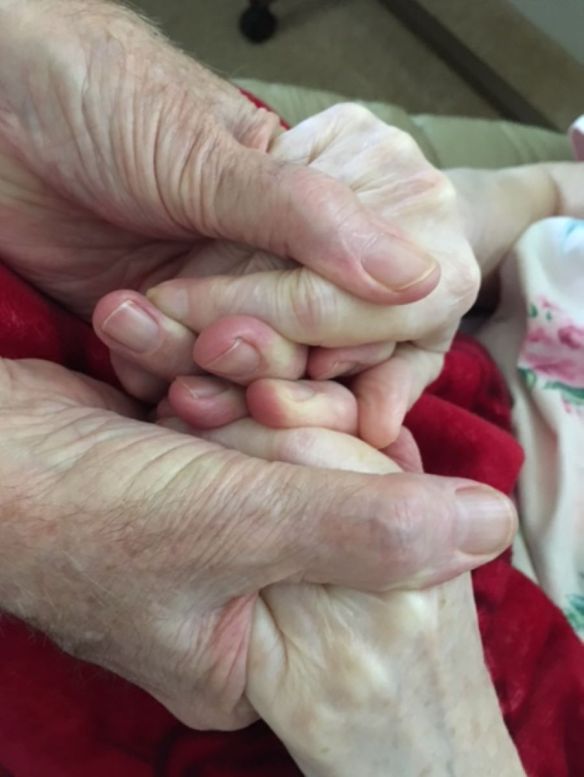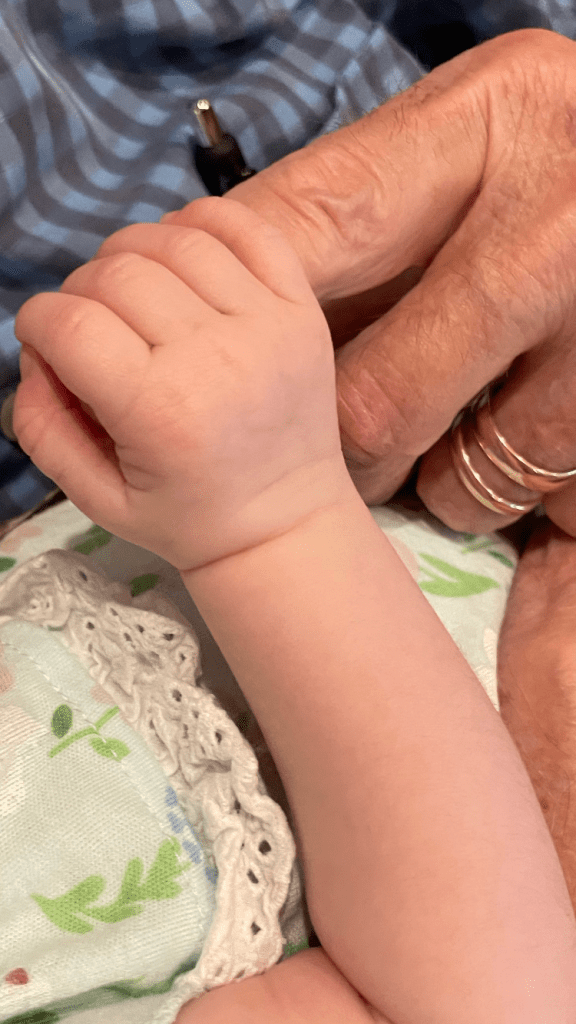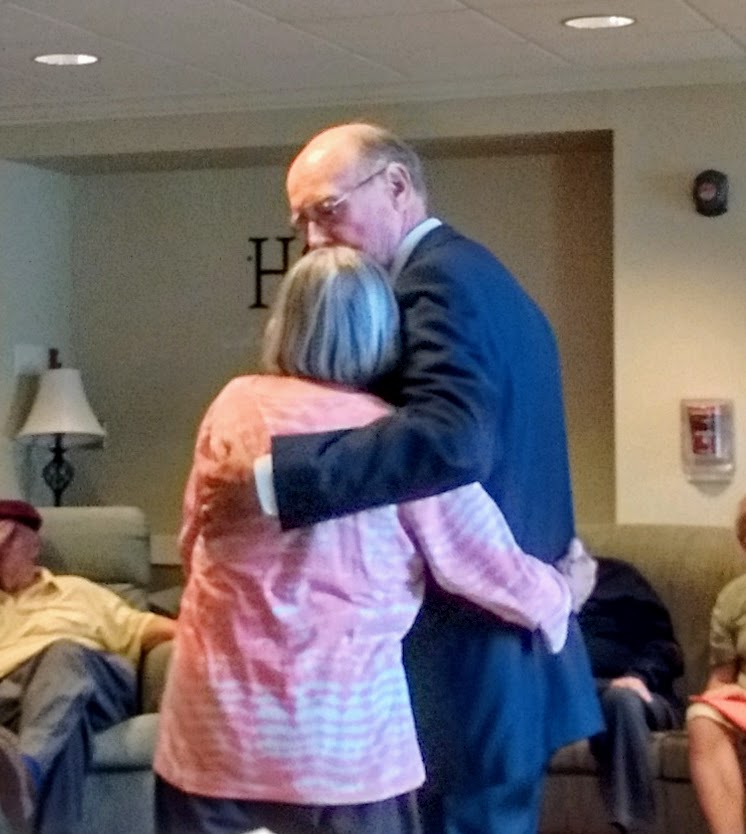
During a Christmas visit with grandchildren almost twenty years ago, our preschool granddaughters were role playing the nativity. Megan and Emily took turns playing Mary, and I was enlisted to be Joseph. The pretend baby Jesus was a plastic doll that mechanically made baby sounds.
Megan pushed the sound button, and the baby began to cry. She gently cradled Jesus in her arms and tenderly said, “It’s all right, Baby Jesus. Don’t cry.”
Emily responded emphatically, “Megan, baby Jesus didn’t cry!” A profound theological discussion between cousins ensued.
“Yes, he did cry. All babies cry,” Megan said confidently.
“But Jesus was different. He wasn’t like all babies,” thoughtfully countered Emily.
“I know he was different, but he still cried,” protested Megan.
They then glared toward the pretend Joseph to settle the dispute. Little did they realize they were engaging in a vexing centuries-long theological quandary: the mystery of the Incarnation, the eternal God becoming flesh in a vulnerable little baby.
Emily was right! Jesus is truly different! He is the Son of God, the Logos/Word made flesh, Emmanuel, God with us!
Megan was also correct! Jesus was truly human. Baby Jesus did cry! He nursed at Mary’s breast, had his diaper changed, suffered, and died!
Emily’s declaration that baby Jesus didn’t cry likely came from the Christmas carol, “Away in a Manger.” It’s understandably popular, especially among children. The second verse contains these words, “The cattle are lowing, the baby awakes, but little Lord Jesus, no crying he makes….”
It’s a lovely carol, but it falls short of expressing the meaning of the Incarnation by denying the full humanity of Jesus. In fact, such an interpretation was declared a heresy and runs counter to the New Testament witness.
Jesus cried when his friend Lazarus died (John 11:35). He wept over the city of Jerusalem (Luke 19:41). I suspect that he wept often throughout his life as he experienced the inevitable pain, disappointment, loss, disappointment inherent in being human. Furthermore, as the Christ, his weeping continues for a world filled with grieving people and wayward cities.
Why is it important to note that baby Jesus cried? It is tempting to deny the humanity of Jesus and thereby remove him from the real world of human beings with all our struggles. It is far easier to sentimentalize the baby Jesus than it is to humbly enter the profound mystery of God coming among us as a vulnerable, helpless, whimpering baby.
Only a baby Jesus who cries and an adult Jesus who weeps can be the Savior of a broken, suffering, sorrowful, sinful, and weeping humanity. Only a Jesus who cries can understand and redeem our tears.






